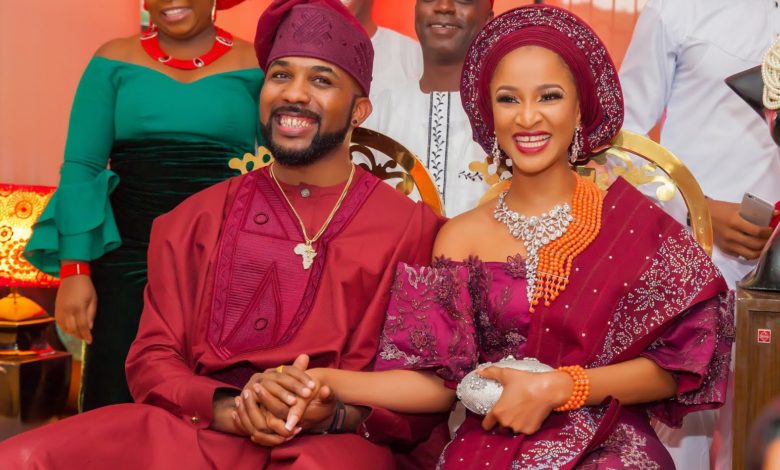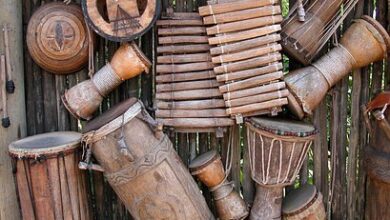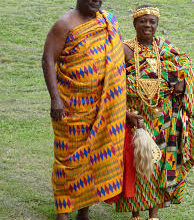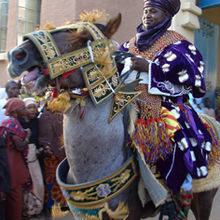Yoruba’s Rich in Culture and Tradition

The Yoruba have peculiar types of clothes that make them distinct from other cultures. They have Aso ibile, the traditional clothes of various types and shades. Both male and female have different types and it is an aberration then for a man to wear a woman’s clothes and vice versa. Before the advent of the Europeans to the Yoruba land, only hand woven clothes were available. The Yoruba started from using ibante (a piece of thick hand woven cloth). It is only used for covering the private parts of both male and female. Ibante is made from a type of cloth called kijipa. (It is a tarpaulin – like cloth). It is usually very thick and can withstand any stress. Later on, people started wearing normal cloth that is made from aso-oke. Some of these types of aso-oke materials include etu, petuje, san-an-yan, alaaari and so on. For men’s wear, they have buba, esiki and sapara, which are regarded as ewu awotele or under wear, while they also have dandogo, agbada, gbariye, sulia and oyala, which are also known as ewu awoleke or over wears. They also have various types of sokoto or native trousers that are sown alongside the above-mentioned dresses. Some of these are kembe, gbanu, sooro, kamu, sokoto elemu, etc. A man’s dressing is incomplete without a cap. Some of these caps include, but are not limited to, Gobi, tinko, abeti-aja, alagbaa, oribi, bentigoo, onide, and labankada. The tailors and the designers have various styles and patterns that they do to these caps and the various dresses mentioned above. All these add to the aesthetic values of these traditional wears and the person who put them on. It must be noted that the culture of under wears, as in pants, brassiere etc. is a culture borrowed from the Europeans.
Women also have different types of dresses. The most commonly found are iro and buba or wrapper with a blouse–like loose top with the sleeve almost getting to the wrist. Women also have gele or head gear that must be put on whenever the iro and buba is on. Just as the cap is important to men, women’s dressing is incomplete if gele is not put on. This gele is wound twice round the head and tucked on one side. It may be of plain cloth or costly as the women can afford. Apart from this, they also have iborun or ipele. It is like a miniature wrapper that is hanged on the left shoulder of women. At times, it is tied round their waists over the wrapper. Unlike men, women have two types of under wears that we call tobi and sinmi. Tobi is like the modern day apron with strings and spaces in which women can keep their money. They tie this tobi around their waists before putting on the iro. Sinmi is like a sleeveless T-shirt that is worn under before wearing any other dress.




